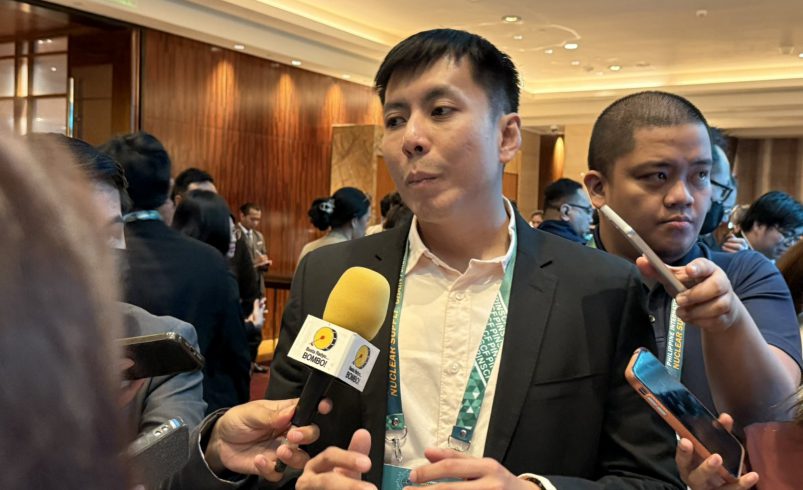DOE: PhilAtom Act marks new era for nuclear regulation in the Philippines
- October 6, 2025
- 0

The Department of Energy (DOE) said the Philippines is entering a new phase in its nuclear program with the passage of Republic Act 12305, or the Philippine Atomic Energy Regulatory Authority (PhilAtom) Act.
Speaking at the sidelines of the Philippine International Nuclear Supply Chain Forum, DOE Energy Utilization Management Bureau Director Patrick T. Aquino said the new law represents the country’s “clearest signal” of seriousness in pursuing nuclear power.
“Before we had the PhilAtom, we were operating under the 1960s Republic Act, and our regulator was also a promoter of nuclear. Now, when PhilAtom enters, it will be separated. That is the international best practice,” Aquino said.
He added that the DOE, through the Nuclear Energy Program Inter-Agency Committee (NEPIAC), will support PhilAtom’s establishment and assist in identifying potential nuclear power plant sites. The department aims to develop up to 4,800 megawatts of nuclear capacity by 2030–2040, with initial feasibility studies already underway in Bataan and other parts of Luzon.
According to Aquino, most of the 15 possible nuclear sites are located in Luzon due to its high electricity demand and grid readiness, though additional locations in Visayas and Mindanao are also being evaluated. He stressed that all sites will undergo review under International Atomic Energy Agency (IAEA) standards and require community consent before development.
Beyond regulation, Aquino said the PhilAtom Act lays the groundwork for private-sector participation in nuclear power generation, noting that private companies will be the primary investors under existing rules.
“Ultimately, the investment decision for nuclear under our current regulation is going to be private sector. Now, if Maharlika comes in, for example, it’s going to be just a stake in it,” he said. “The actual operations, like any other power plant, will be made by the private sector.”
Aquino said the DOE welcomes growing interest from both local and foreign investors, including U.S.-based firms such as NuScale Power and Ultra Safe Nuclear Corporation (USNC). Both of these firms have previously expressed intent to bring small modular reactor (SMR) technology to the Philippines.
The DOE is also hopeful that international financing institutions will soon open their doors to nuclear investments.
“We’re very happy that the current U.S. administration is taking the charge on making sure that the World Bank relaxes its policy for green investments to include nuclear,” Aquino said. “We’re hopeful that multilateral agencies like the World Bank and ADB will revisit their investment direction when it comes to nuclear.”
Aquino explained that the DOE views nuclear power as part of a balanced, low-carbon energy mix, complementing its ongoing push to reach 50% renewable energy share by 2040.
“It’s not just renewable energy. If we look at the balance, we need to have another approach. And nuclear is what the DOE sees,” he said.
Do you think the creation of an independent nuclear regulator will accelerate the Philippines’ path toward cleaner and more reliable power?
Follow Power Philippines on Facebook and LinkedIn or join our Viber community for more updates.